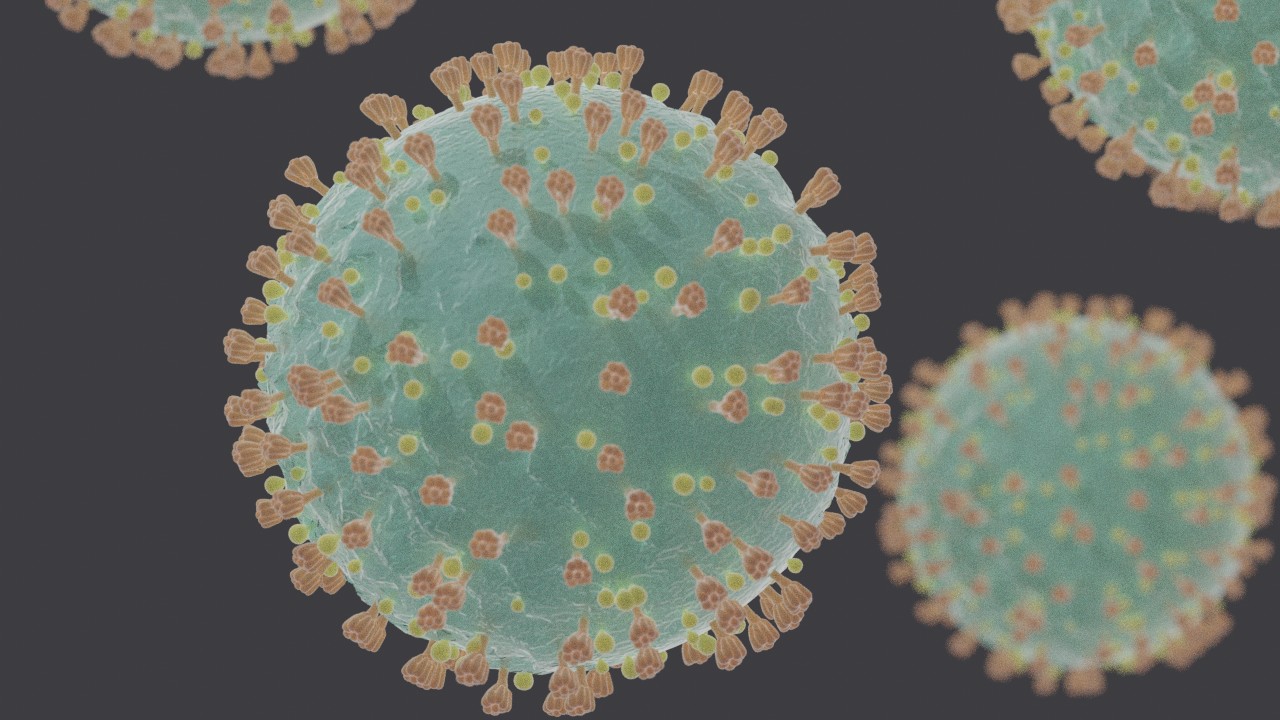Tag: Coronavirus
-
A look back at government responses to the coronavirus pandemic, August 3-7, 2020

Although the first case of COVID-19 in the U.S. was confirmed on Jan. 21, 2020, it wasn’t until March when the novel coronavirus upended life for most Americans. Throughout the year, states issued stay-at-home orders, closed schools, restricted travel, issued mask mandates, and changed election dates. Here are the policy changes that happened August 3-7,…
-
A look back at government responses to the coronavirus pandemic, July 27-31, 2020

Although the first case of COVID-19 in the U.S. was confirmed on Jan. 21, 2020, it wasn’t until March when the novel coronavirus upended life for most Americans. In subsequent months, states issued stay-at-home orders, closed schools, restricted travel, issued mask mandates, and changed election dates. Here are the policy changes that happened July 27-31,…
-
A look back at government responses to the coronavirus pandemic, July 20-24, 2020

Although the first case of COVID-19 in the U.S. was confirmed on Jan. 21, 2020, it wasn’t until March when the novel coronavirus upended life for most Americans. Throughout the year, states issued stay-at-home orders, closed schools, restricted travel, issued mask mandates, and changed election dates. Here are the policy changes that happened July 20-24,…

